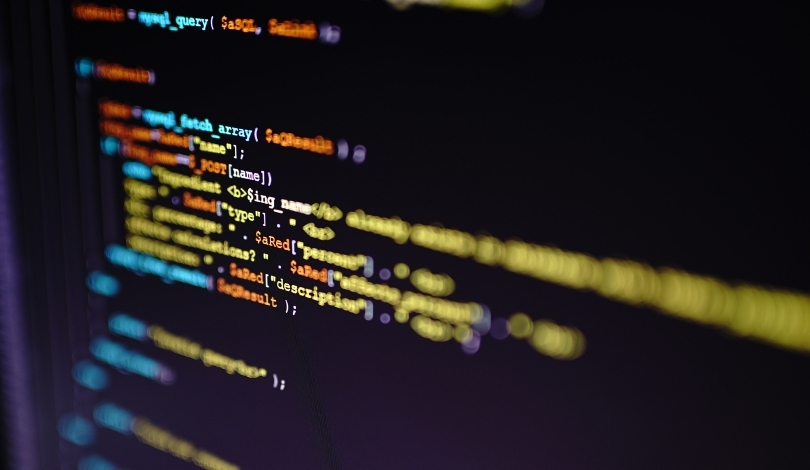Agencies face mounting pressure as the volume of software vulnerabilities escalates each year, presenting an expansive challenge for cybersecurity teams. Artificial intelligence, often discussed in the context of cyber threats, is now being recognized as a potential asset for defenders as well. While human oversight remains essential, the prospect of leveraging AI for automation and processing data at scale has shifted discussions at public cybersecurity forums. Perspectives from government leaders highlight a measured optimism about integrating emerging technologies with existing security operations.
Recent public commentary about AI’s application in cybersecurity often focused on risks associated with malicious use. However, statements by officials now reflect growing interest in AI-powered defense measures. At similar events over the past year, CISA’s emphasis was primarily on data quality and process enhancements within the Common Vulnerabilities and Exposures (CVE) program. Now, the conversation has expanded to include automation, with AI seen as a practical tool for tracking and responding to new vulnerabilities. This shift marks a gradual change from previous reliance on manual tracking methods.
How Is AI Assisting with Vulnerability Tracking?
CISA, which oversees the CVE program, reported a rise in disclosed vulnerabilities to 40,000 in the past year. Such volume presents significant management difficulties for organizations attempting comprehensive tracking. Automation, enhanced with AI, is positioned as a solution to streamline vulnerability management. Chris Butera, acting deputy executive assistant director of cybersecurity at CISA, remarked,
“We can do a lot more with automation, and that’s where maybe AI can help us in the automation pieces.”
What Are Experts Saying About Human Oversight?
Panelists acknowledged that, despite the advantages of automated tools, human experts must retain ultimate authority in critical decision-making. Manny Medrano, director of cybersecurity monitoring and operations at the State Department, emphasized the necessity of maintaining human control, describing AI as a supportive “virtual assistant.” While AI rapidly sorts through data and flags potential threats, humans assess and act upon its findings, which mitigates risks linked to overreliance on autonomous systems.
Can AI Detect Threats Faster Than Before?
With cyber attackers exploiting vulnerabilities soon after discovery, the speed of identifying and addressing risks has become crucial. Daniel Richard of the Central Intelligence Agency expressed optimism about AI’s analytical potential.
“There is a lot of opportunity as we gather more telemetry data, more metrics, to be able to leverage AI to identify anomalies much more quickly,”
he stated, suggesting AI can support a more proactive security posture.
CISA’s continued sponsorship of the CVE program underscores the need for scalable approaches as digital ecosystems grow. Comparing earlier news coverage with this latest development, the narrative has evolved from focusing on the scale of vulnerabilities towards outlining concrete strategies to cope with them, including AI-powered automation. Industry and policymakers once centered discussion on the risks AI posed; now, there is equal attention given to its positive applications in cybersecurity. Observers note that while contract continuity for CVE’s administration was uncertain earlier this year, the role of AI is increasingly cemented as a central consideration for long-term cyber defense.
Organizations tasked with managing large and complex IT environments cannot ignore the mounting number of vulnerabilities disclosed annually. Automated AI-assisted tools offer a practical route to better detection and response, helping defenders keep pace with adversaries. However, AI will likely remain a supporting element, as effective risk management still depends on skilled human intervention. Continued integration of AI in federal cybersecurity operations suggests that balancing innovation and oversight will be key for any institution facing digital threats. For those looking to safeguard their systems, embracing hybrid models of automation and human expertise can provide a path forward for vulnerability management, especially as the cyber risk landscape expands.










